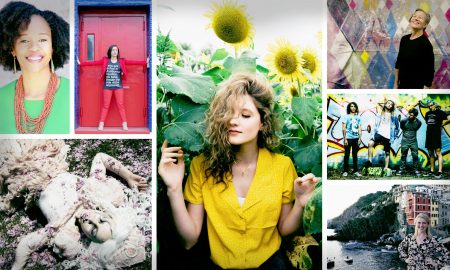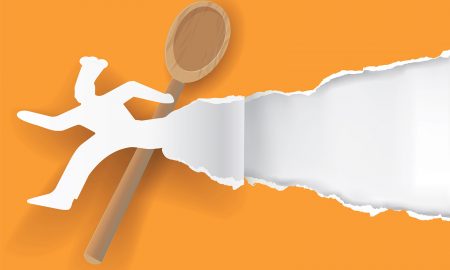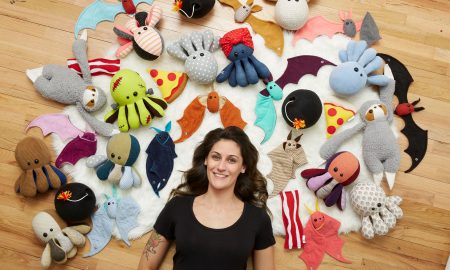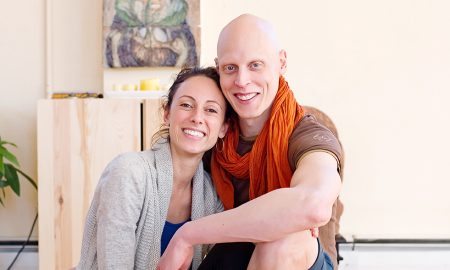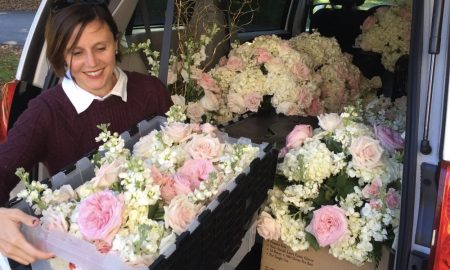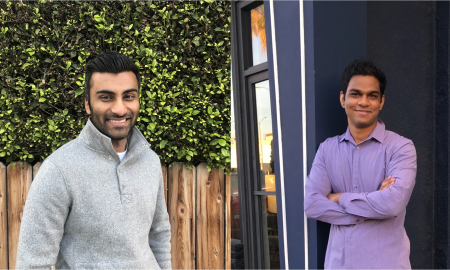

Today we’d like to introduce you to Michele L’Heureux.
Every artist has a unique story. Can you briefly walk us through yours?
As a very young child, I showed an interest in and talent for drawing and making things of all kinds. My parents encouraged this interest by supplying me constantly with paper, drawing tools, and craft supplies, and in my pre-teen years, they signed me up for children’s art classes at Rhode Island School of Design. This was my first exposure to an art museum, and I was hooked for life. I identified as an artist early on and went on to study painting and printmaking in college. While I knew making art was the only thing I ever wanted to do, I was too chicken to go to art school, so I pursued all kinds of other things while making art on the side. I got a graduate degree in philosophy, backpacked throughout Scandinavia, worked as a grant writer, drove my pick-up truck to Alaska and back, taught environmental education, rode the Internet start-up wave as a marketing professional, went to carpentry school, and ran my own remodeling business for a few years. It was only when I turned 40 that I finally committed to going to art school, and I earned my MFA in painting a couple years after. While in grad school, I worked as the gallery assistant and realized that I had found my career path. I was lucky enough to land a job curating at a small gallery at Brandeis University, and for the past ten years, I’ve worked as a gallery director and curator at colleges and universities, as well as at nonprofit arts centers.
Please tell us about your art.
I mostly make things that hang on the wall, so I still describe myself as a painter. However, I employ a lot of printmaking techniques, collage, and sometimes sculptural elements in my work, so the final product can often be 3-dimensional. I’ve also begun creating large wall installations that incorporate paintings, prints, and found objects. I’m currently working on an immersive exhibition that will be interactive and will include sculpture, installation, costumes, and more. I am thinking a lot about travel–both voluntary (vacation) and involuntary (forced migration)–and about how much we can learn from traveling very short distances if we pay close attention to our surroundings. I’m also inspired by nature, and my current body of work is all about birds. I want my work to be open-ended and to provoke questions rather than be didactic or informative.
We often hear from artists that being an artist can be lonely. Any advice for those looking to connect with other artists?
For the most part, artists are very generous people and are happy to share experiences and advice. I suggest emailing artists whose work you admire and asking if you can do a studio visit or buy them a cup of coffee to learn more. Some friends of mine started an artists’ reading group and invited a few like-minded people (some of whom were friends and others just acquaintances) to meet monthly to talk about art-related readings that the group chose together. If you live near an art school or college, attend as many art-related events as you can; you are bound to meet other makers. Lastly, getting a studio in or moving to a live/work studio building is a great way to form a support network and surround yourself with fellow artists.
How or where can people see your work? How can people support your work?
I will be staging a solo exhibition of my work, titled SPARK BIRD, at Lamont Gallery at Phillips Exeter Academy that will be on view from mid-June through October. I encourage people to view my work at www.michelelheureux.com and to email me at mlheur1966@gmail.com to join my mailing list. I send out an email once or twice a year with upcoming exhibitions, curatorial projects, and other interesting projects.
Contact Info:
- Website: www.michelelheureux.com
- Email: mlheur1966@gmail.com
- Instagram: michieban


 Image Credit:
Image Credit:
Installation: Will Howcroft, Spoonbill on the Lake: Michele L’Heureux
Getting in touch: BostonVoyager is built on recommendations from the community; it’s how we uncover hidden gems, so if you know someone who deserves recognition please let us know here.

